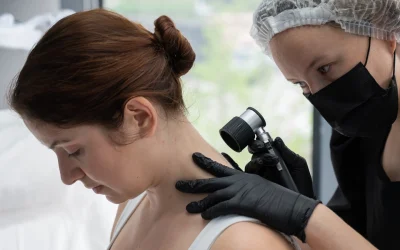Leveraging Wearable Devices for Better Outcomes in Nephrology
Wearable devices have come a long way from simple step counters. Today’s technology includes smartwatches, fitness trackers, and even wearable ECG monitors. These devices collect real-time data that can be invaluable for managing chronic conditions like kidney disease. But why should nephrology practitioners care?
Real-Time Monitoring: The Game Changer
One of the most significant advantages of wearable devices is real-time monitoring. Imagine being able to track a patient’s vital signs continuously. This data can provide insights into:
- Blood Pressure: High blood pressure is a leading cause of kidney disease. Wearables can monitor blood pressure throughout the day, offering a more comprehensive picture than periodic readings.
- Heart Rate: Irregular heart rates can indicate complications. Continuous monitoring helps in early detection and intervention.
- Physical Activity: Sedentary lifestyles can exacerbate kidney issues. Wearables can motivate patients to stay active by tracking their physical activity levels.
Early Detection and Prevention
Wearables can also help in early detection of potential problems. For instance, fluctuations in blood pressure or heart rate can signal the onset of complications. Early detection allows for timely interventions, which can be crucial in preventing further kidney damage.
Improved Patient Compliance
Patient compliance is often a challenge in managing chronic conditions. Wearable devices can play a pivotal role here. How? By providing reminders for medication, hydration, and even physical activity. These reminders can help patients adhere to their treatment plans more effectively.
Data-Driven Insights for Personalized Care
One size does not fit all, especially in healthcare. Wearable devices generate a wealth of data that can be analyzed to provide personalized care plans. For example:
- Dietary Adjustments: Data on physical activity and hydration can help in tailoring dietary recommendations.
- Medication Management: Continuous monitoring can help in adjusting medication dosages based on real-time data.
Enhancing Patient-Provider Communication
Communication between patients and healthcare providers is crucial for effective management of kidney disease. Wearable devices can bridge the gap by providing a continuous stream of data that can be shared with healthcare providers. This real-time data can facilitate more informed discussions during consultations.
Challenges and Considerations
While the benefits are clear, there are challenges to consider. Data privacy is a significant concern. Ensuring that patient data is secure and used ethically is paramount. Additionally, the accuracy of wearable devices can vary. It’s essential to validate the data before making clinical decisions.
Practical Steps for Implementation
So, how can nephrology practices integrate wearable devices into their patient care strategies? Here are some practical steps:
- Educate Patients: Inform patients about the benefits and limitations of wearable devices. Provide training on how to use them effectively.
- Choose the Right Devices: Not all wearables are created equal. Select devices that have been validated for accuracy and are suitable for your patient population.
- Integrate with EHR Systems: Ensure that data from wearables can be seamlessly integrated into your Electronic Health Record (EHR) system for easy access and analysis.
- Monitor and Adjust: Regularly review the data collected from wearables and adjust treatment plans as necessary.
The Future of Nephrology and Wearable Devices
The future looks promising. As technology advances, wearable devices will become even more sophisticated, offering more detailed insights into patient health. Imagine a world where wearables can predict kidney issues before they become serious, or where AI algorithms analyze wearable data to provide real-time recommendations. The possibilities are endless.
Summary and Suggestions
Wearable devices are not just a trend; they are a transformative tool in nephrology. By leveraging these devices, healthcare professionals can improve patient outcomes, enhance compliance, and provide personalized care. Ready to take the next step? Explore more resources on our website or schedule a demo to learn how our digital health platform can revolutionize your practice.
Incorporating wearable technology into nephrology practices offers a new horizon for patient care. The potential to monitor, detect, and intervene in real-time can make a significant difference in managing kidney disease. Let’s embrace this technology and take patient care to the next level.

















